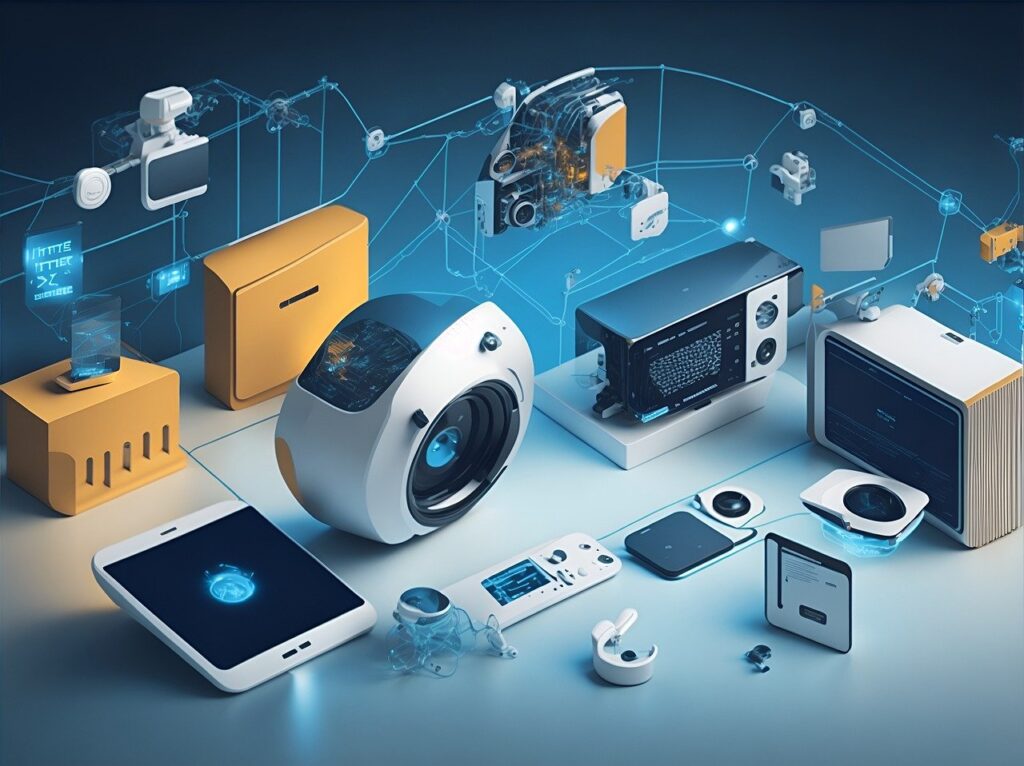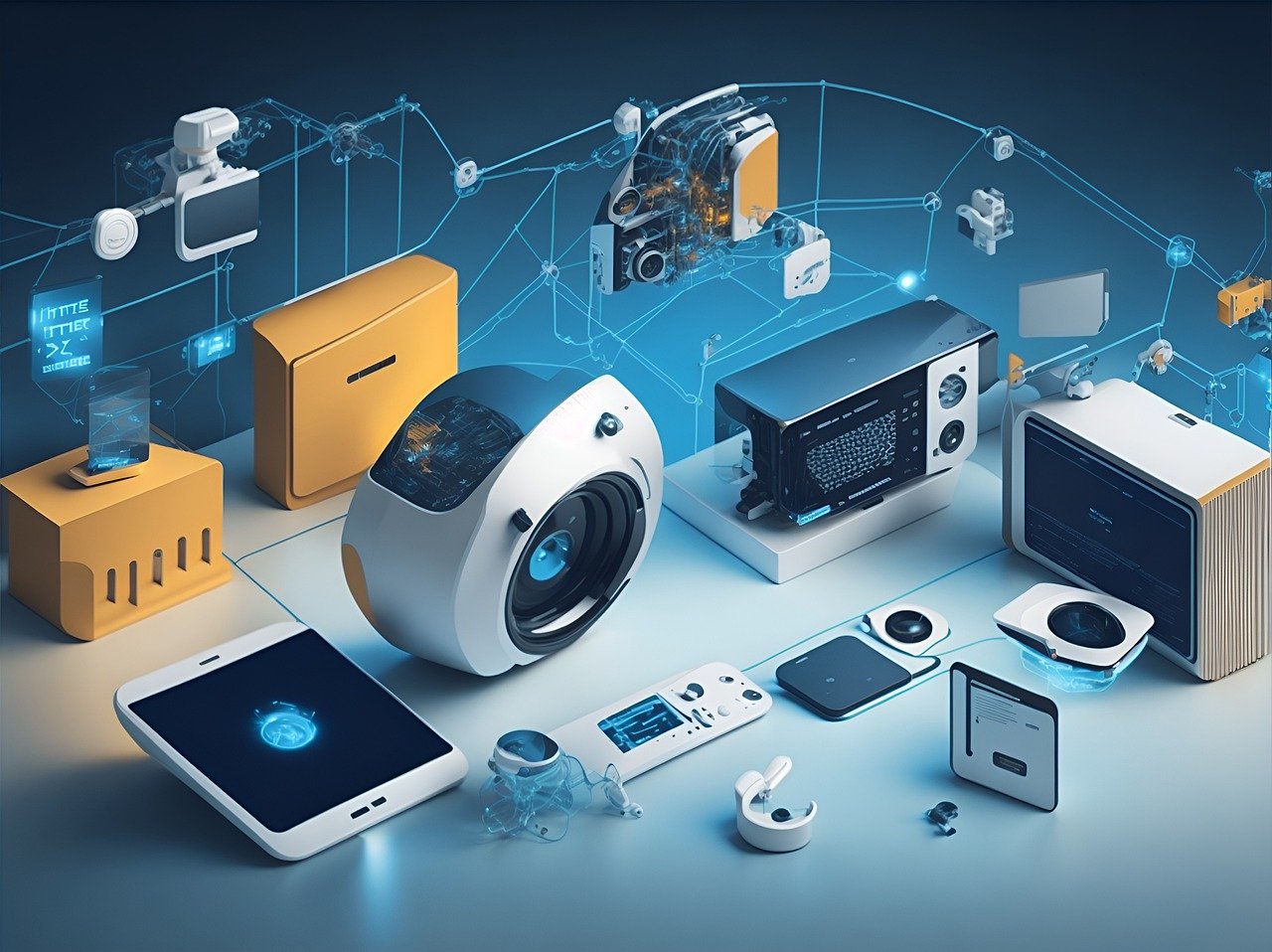
Introduction
The Internet of Things (IoT) refers to the interconnection of smart devices and sensors through the internet, enabling real-time data collection, sharing, and analysis. This technology is revolutionizing many aspects of daily life, including environmental conservation. Here, we explore various applications and benefits of IoT in this field:
1. Environmental Sensors and Real-Time Monitoring
Air Quality Sensors: IoT sensors installed in urban and rural areas can measure the concentration of air pollutants such as nitrogen dioxide, fine particulate matter (PM2.5), and ozone. This continuous monitoring helps identify pollution sources and implement corrective measures, improving public health and environmental quality.
Water Monitoring: IoT sensors can be deployed in rivers, lakes, and reservoirs to measure water quality, detecting contaminants and variations in pH and oxygen levels. This is crucial for protecting aquatic life and ensuring safe drinking water.
2. Species Tracking and Conservation
GPS Collars and Transmitters: IoT-connected tracking devices, such as GPS collars for wildlife, allow researchers to monitor the movements and behaviors of species in their natural habitats. This data aids in studying migration patterns, identifying critical conservation areas, and preventing poaching.
Nest Monitoring: Cameras and IoT sensors placed in bird or sea turtle nests can provide data on the health and development of offspring, as well as potential threats in their habitats. This helps in ensuring successful breeding and protection of endangered species.
3. Efficient Waste Management
Sensors in Containers: Waste bins equipped with IoT sensors can indicate fill levels, optimizing waste collection routes and reducing the number of trucks needed. This not only saves fuel but also decreases emissions and operational costs.
Waste Sorting: In recycling facilities, IoT can automate the separation of recyclable materials and enhance the efficiency of the sorting process. This leads to better recycling rates and reduced landfill use.
4. Smart Agriculture
Soil and Climate Sensors: In agriculture, IoT sensors can measure soil moisture, temperature, and other factors affecting crop growth. This allows for precise irrigation and fertilization, reducing water and chemical usage while improving crop yields.
Drones and Robots: IoT-connected drones and agricultural robots can monitor fields, apply treatments, and collect data on crop conditions. This enhances efficiency and sustainability in farming practices.
5. Water Resource Conservation
Leak Detection: Sensors in water distribution networks can detect leaks in pipes in real-time, allowing for quick repairs and reducing water wastage. This is especially important in water-scarce regions.
Optimized Water Usage: In smart irrigation systems, IoT sensors can automatically adjust the amount of water supplied to crops based on weather conditions and soil needs, conserving water resources.
6. Renewable Energy Management
Infrastructure Monitoring: IoT sensors in solar panels and wind turbines can monitor their performance and detect faults or inefficiencies. This enables predictive maintenance and better integration with the power grid.
Energy Consumption Optimization: IoT-based energy management systems can optimize energy use in buildings and cities by adjusting lighting, heating, and cooling based on occupancy and environmental conditions.
7. Reducing Environmental Impacts
Emission Monitoring: Sensors in factories and power plants can measure emissions of pollutants such as CO2 and NOx. This data helps companies comply with environmental regulations and reduce their carbon footprint.
Transportation Optimization: IoT systems can analyze traffic patterns and transportation routes to reduce congestion and emissions from vehicles. This contributes to cleaner air and more efficient urban transport.
Additional Benefits of IoT in Environmental Conservation
Accurate and Real-Time Data: IoT provides precise and up-to-date data, enabling informed and timely decision-making for environmental management.
Operational Efficiency: Automation and optimization through IoT can reduce resource consumption and minimize environmental impact, leading to more sustainable practices.
Public Awareness and Engagement: IoT-generated data can be shared with the public to raise environmental awareness and promote sustainable practices.
Conclusion
The Internet of Things offers powerful tools for environmental conservation by providing detailed and real-time insights into various ecological aspects. Through continuous monitoring and more efficient resource management, IoT significantly contributes to the protection and preservation of our natural environment. By leveraging these technologies, we can better address environmental challenges and work towards a more sustainable future.
